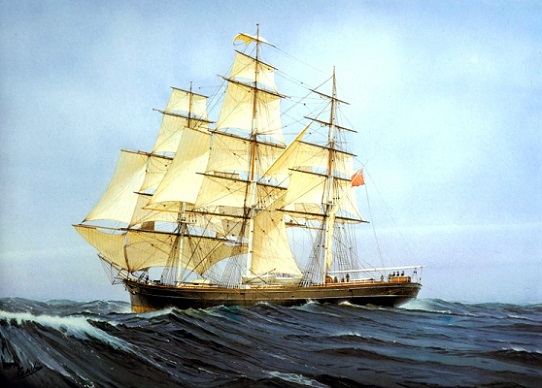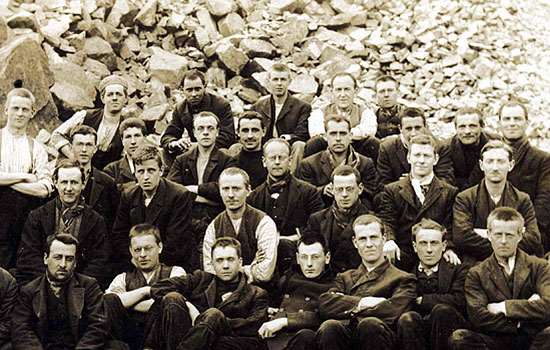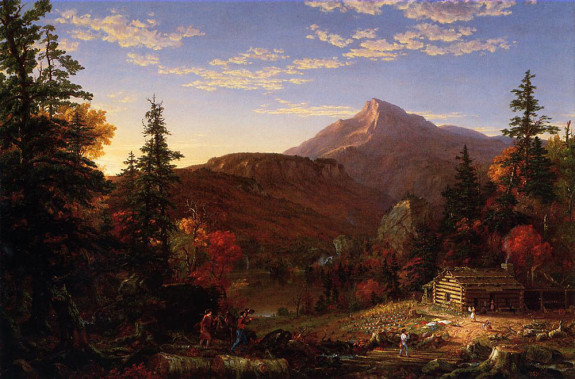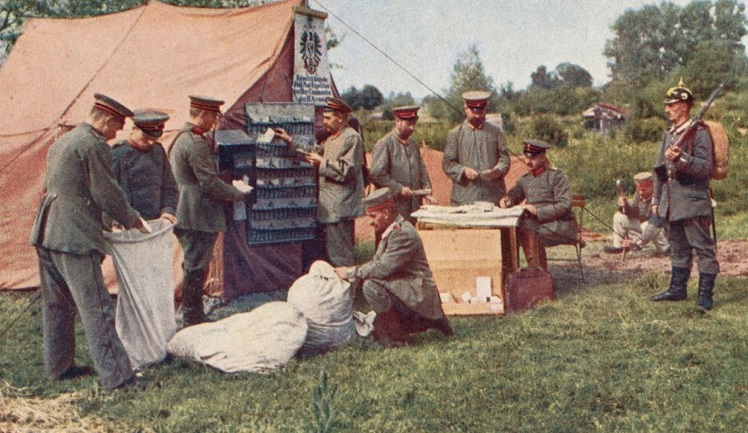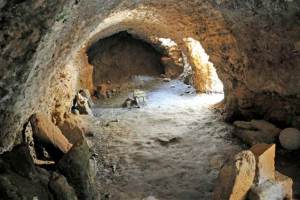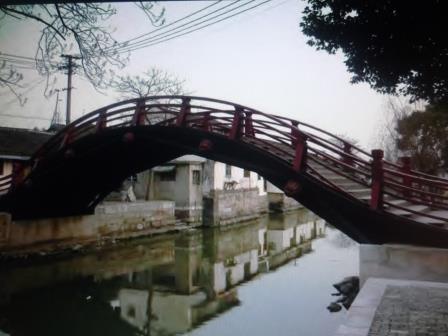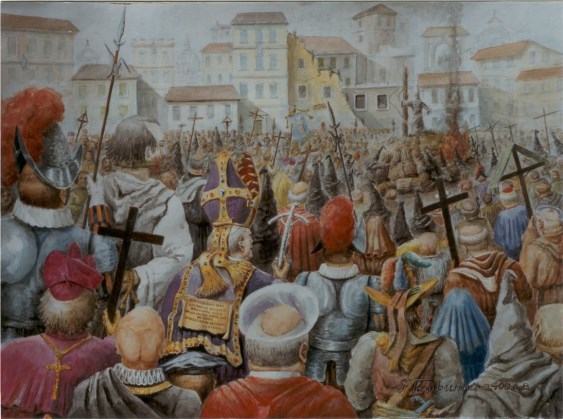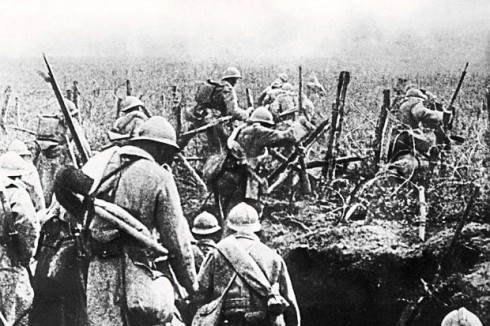
As described in the previous post The Marked Year 1914 , many historians and analysts have declared that 1914 was a turning point in human history. At the close of centenary year 2014, here are more. For instance, columnist Joe Chapman writing in The Spectator of Hamilton, Ontario:
“How innocent, how mercifully ignorant, was the world of August, 1914! And yet, in many ways, the First World War, in a macabre sense at least, may well deserve the title ‘great’. It was the first war which could, with justification, be called a world conflict, involving nearly every important nation, with campaigns fought on many fronts, from Arctic wastes to steaming jungles. It was the first ‘total’ war, in which the whole nation became deeply involved, with the entire apparatus of civilian life becoming an integral part of the war effort. It was the first war in which technology played such an important part. No other war saw the introduction of so many new weapons used on a large scale: The machine-gun, the tank, the airplane, the submarine, poison gas, motor transport, telephones and other items, and artillery used on a truly grand scale. In short, it was the first of our modern wars.”
Continue reading The Marked Year 1914 (Part Two)
